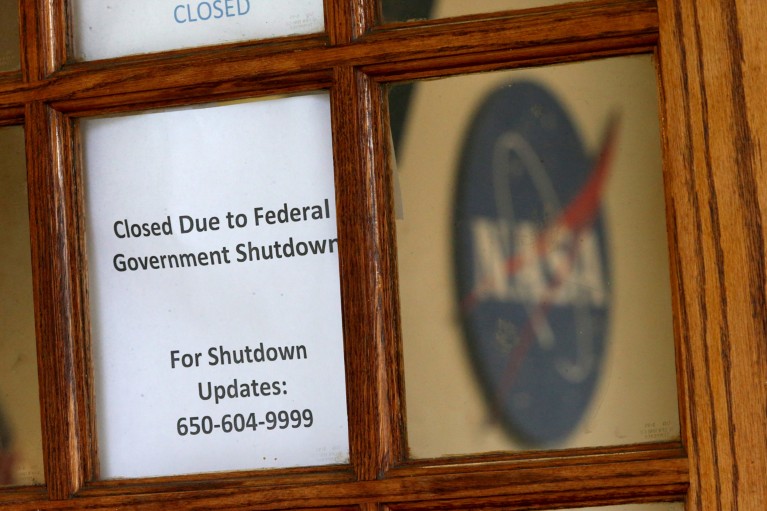The US government shutdown is over: what’s next for scientists
Summary
The US federal shutdown that lasted 43 days ended on 12 November 2025 after Congress approved a short-term funding deal running to 30 January. Federal science agencies are reopening, furloughed staff will be paid retroactively and some laid-off workers rehired for now. However, major questions remain about the 2026 research budgets after the Trump administration proposed steep cuts to agencies including NIH, NSF and NASA, while draft congressional bills have pushed back against the worst reductions.
Key Points
- The shutdown lasted 43 days and ended on 12 November 2025, allowing most federal science work to resume.
- Furloughed federal scientists will receive back pay; some who were laid off will be rehired temporarily.
- Grant-related activities such as peer-review panels paused during the shutdown and must be rescheduled — NSF alone faces over 300 delayed panels.
- Delays in reviews will push out grant awards and slow research progress, with staff striving to catch up.
- The Trump administration proposed drastic 2026 cuts (eg. ~40% to NIH, >50% to NSF, large cuts to NASA science), but Congressional drafts have resisted the largest reductions.
- The stopgap funding deal finalised budgets for USDA and FDA for now; broader 2026 science funding decisions remain unresolved and politically fraught.
Content summary
The shutdown shuttered many non-essential activities across science agencies, halting grant-review processes, pausing administrative operations and leaving tens of thousands of federal researchers without pay for weeks. Essential operations — such as some fieldwork and mission-critical activities — continued, sometimes funded via contracts or prior arrangements.
Now that agencies are reopening, programme officers will work to reschedule reviews and restart grant processing, but the backlog is large and meeting end-of-year timetables looks unlikely. Science-advocacy groups warn that interruptions slow innovation, harm public-health and security efforts, and weaken US competitiveness.
Looking ahead, the bigger fight is over fiscal-year-2026 budgets. The administration’s May proposals called for unprecedented cuts to major science funders; Congress has so far produced draft measures that are less severe. The temporary funding deal covers some agencies but leaves the ultimate shape of research budgets to be decided — a source of continuing uncertainty for researchers and institutions.
Context and relevance
Punchy take: this matters if you rely on federal grants, collaborate with US agencies, or plan hiring and experiments that depend on timely funding. The shutdown’s immediate damage is the backlog and lost work time; the longer-term risk is budgetary uncertainty that could reshape research priorities and capacity across US science. For universities, labs and industry partners, the next two months leading up to the 30 January deadline (and subsequent budget negotiations) will be critical.
Why should I read this?
Because if you run projects, apply for US grants or depend on federal facilities, this directly affects your pay, timelines and strategy. We’ve read the official mess and boiled it down — so you can plan whether to pause hiring, expect grant delays, or ramp backup work. Short version: paybacks are coming, but funding fights aren’t over.

